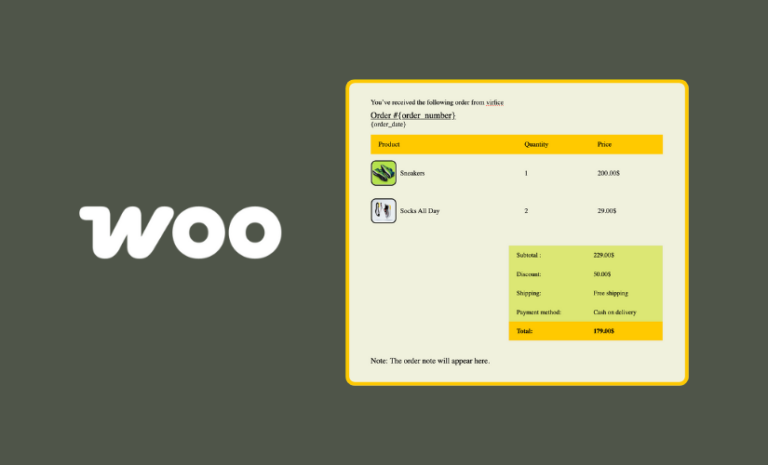Want to learn about email authentication and its importance in enhancing security? Know how it helps build trust and reduce spam in email communications, especially for eCommerce businesses.”
Email remains a primary communication tool for individuals and businesses alike, especially in the realm of email marketing. However, with the rise of cyber threats such as phishing, spoofing, and spam, ensuring the authenticity and security of email communications is more critical than ever.
Email authentication is a set of techniques designed to verify the legitimacy of emails and protect recipients from malicious activities.
In this blog post, we will explore what email authentication is, its importance, and the key methods used to implement it, particularly in the context of email marketing for eCommerce stores.
What is Email Authentication?

Email authentication refers to the process of verifying that an email message comes from the sender it claims to originate from. It involves a series of protocols and standards that help determine whether an email is legitimate or fraudulent. By implementing email authentication, organizations can prevent unauthorized users from sending emails on their behalf, thereby reducing the risk of phishing attacks, spam, and other email-based threats.
Why is Email Authentication Important?
Email remains a cornerstone of communication for businesses and consumers alike. However, common cyber threats such as phishing, spoofing, and spam have made securing email communications more critical than ever. For eCommerce businesses, the stakes are even higher, as email is a key channel for marketing and customer engagement. Ensuring that emails are authenticated is vital for protecting sensitive information, maintaining customer trust, and ensuring the effectiveness of email marketing campaigns. Here are some key reasons why email authentication is essential:
- Enhancing Security: Email authentication helps protect sensitive information by ensuring that only authorized senders can send emails from a particular domain. This is crucial for eCommerce businesses that handle customer data and transactional information.
- Building Trust: When recipients see that an email is authenticated, it builds trust in the sender’s brand and improves the overall email engagement rates. For email marketing campaigns, this trust translates to higher open and click-through rates.
- Reducing Spam: Authenticated emails are less likely to be marked as spam, ensuring that important messages reach the inbox.
- Preventing Phishing: Email authentication significantly reduces the risk of phishing attacks by verifying the sender’s identity and blocking fraudulent emails. This is especially important for eCommerce stores to protect their customers and maintain their reputation.
Key Methods of Email Authentication
Email authentication is crucial for maintaining the integrity and security of digital communications. Without proper authentication, it is easy for malicious actors to forge email addresses, posing significant risks to both individuals and organizations. The key methods of email authentication—SPF, DKIM, and DMARC—work together to verify the sender’s identity and ensure the email has not been tampered with during transit. Each method provides a layer of security, and when combined, they offer a robust defense against email-based threats. Let’s delve into these key methods and understand how they help in securing email communications, particularly in email marketing
SPF (Sender Policy Framework):
SPF allows domain owners to specify which mail servers are authorized to send emails on their behalf. By adding an SPF record to the domain’s DNS, email receivers can verify if an email is sent from an authorized server.
How SPF Works
When an email is received, the recipient’s mail server checks the SPF record of the sender’s domain. If the sending server is listed in the SPF record, the email is considered authentic. This helps eCommerce stores ensure their marketing emails are recognized as legitimate, increasing deliverability.
DKIM (DomainKeys Identified Mail)
DKIM adds a digital signature to the email headers, which is then verified by the recipient’s mail server. This signature ensures that the email has not been altered during transit and confirms the sender’s identity.
How DKIM Works
The sender’s mail server signs the email with a private key. The recipient’s mail server uses the public key, published in the sender’s DNS records, to verify the signature. For email marketers, DKIM helps maintain the integrity of their messages, ensuring that content arrives as intended.
DMARC (Domain-based Message Authentication, Reporting & Conformance)
DMARC builds on SPF and DKIM by providing a policy framework for how to handle emails that fail authentication checks. It also offers reporting capabilities to monitor and improve email authentication practices.
How it Works
DMARC policies are published in the sender’s DNS records. When an email fails SPF or DKIM checks, the recipient’s mail server refers to the DMARC policy to decide whether to quarantine, reject, or accept the email. This is particularly beneficial for eCommerce email marketing, as it helps safeguard against unauthorized use of the domain and provides valuable insights into email performance and threats.
Implementing Email Authentication
Implementing email authentication is a critical step in securing your email communications and protecting your domain from being used in malicious activities. By adopting and configuring the right authentication methods, you can ensure that your emails are trusted and that unauthorized users cannot exploit your domain. Proper implementation involves a series of strategic steps, including publishing DNS records and configuring email servers, to establish and enforce authentication protocols. In this section, we will guide you through the essential steps to effectively implement email authentication and bolster your email security framework.
To implement email authentication effectively, follow these steps:
- Publish SPF Records: Add SPF records to your DNS to specify authorized mail servers.
- Set Up DKIM: Configure DKIM by generating a private-public key pair and adding the public key to your DNS.
- Create DMARC Policies: Establish DMARC policies that define how to handle emails failing SPF or DKIM checks. Monitor DMARC reports to track authentication performance.
Email authentication is a vital component of modern email security, protecting both senders and recipients from various cyber threats. By implementing SPF, DKIM, and DMARC, organizations can ensure their emails are legitimate, secure, and trusted. As cyber threats continue to evolve, adopting robust email authentication practices will remain crucial in maintaining the integrity and reliability of digital communications.



